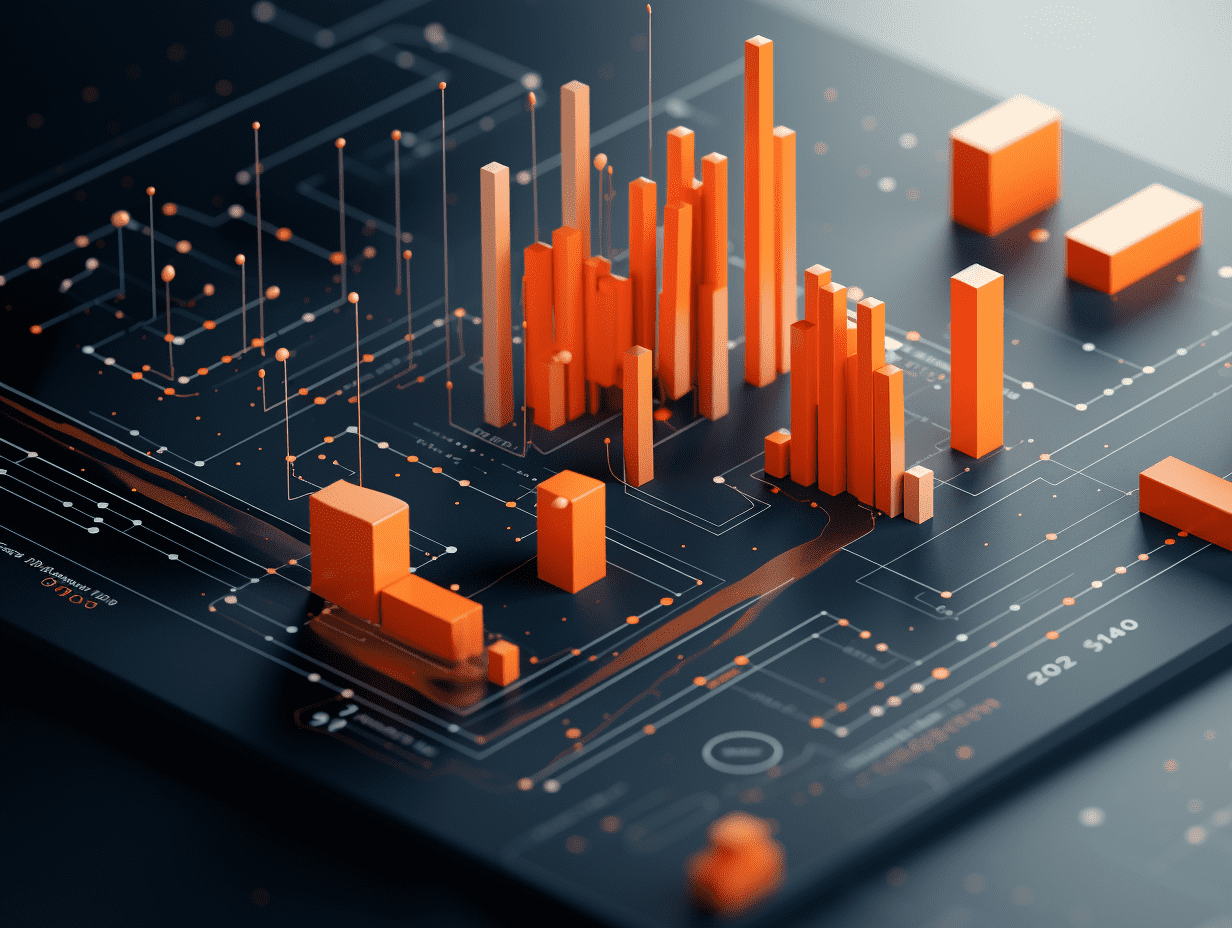"Golden flag bearer" Dario "increases firepower": Gold is the only "everlasting, universal" currency that does not rely on others.
Daro pointed out on Friday that with the continuous surge in gold prices, gold has begun to replace some US government bonds in investment portfolios, becoming the risk-free asset of choice for investors.
Bridgewater Fund founder Dalio once again reiterated his strong bullish stance on gold, believing that gold, as an "eternal and universal" form of currency, is the only asset that does not depend on the credit of the counterparty. In the current financial environment, its strategic value as a core asset is increasingly prominent.
Dalio made it clear on Friday, October 17th, that with the continuous surge in the price of gold, gold has begun to replace some US Treasury bonds in investment portfolios, becoming the risk-free asset of choice for investors. This latest assertion takes his bullishness on gold to new heights, signaling a reevaluation of traditional safe-haven asset frameworks.
Prior to this, even as gold prices hit historical highs this week, Dalio suggested at an economic forum in Greenwich, Connecticut that investors should allocate up to 15% of their portfolios to gold. He stated, "Gold is a very good diversifier in a portfolio," as it often performs well when other parts of a traditional investment portfolio are falling.
To further explain his views, Dalio later openly solicited questions about gold investment on social platform X and provided detailed answers. This series of in-depth analyses offers a direct window for the market to understand how this investment legend views the role of gold in today's world.
Gold is Currency, not Metal
Dalio believes that the key to understanding the value of gold lies in a shift in mindset. He points out that most people mistakenly view gold as a metal and consider fiat currency as the real money.
In his view, gold is the most basic form of currency, while fiat currency is essentially debt.
He explains that almost all countries have gone through a cycle of "debt-gold-currency" in history. When debts cannot be repaid and fiat currency is issued in large quantities to avoid default, the value of gold as an "uncreated non-fiat currency" that cannot be generated out of thin air becomes evident.
From this perspective, gold functions like cash, as it can be used directly to settle transactions and repay debts, without creating new debts like credit does.
Dalio states that the value of debt-based currency is declining relative to gold-based currency, a trend that has long been apparent to him.
He believes that in situations where bubbles may burst or the credit system among nations (e.g., during wartime) fails, gold serves as an excellent diversification supplement to stocks and bonds.
Gold has Become the Second Largest Currency
Dalio unequivocally answered the question of whether gold has begun to replace US Treasury bonds as a risk-free asset: "The actual answer is yes."
Gold has already begun to replace some US Treasury bonds in the risk-free asset status in many investment portfolios, most notably in central banks and large institutional portfolios. The holders of these portfolios have reduced their holdings of US Treasury bonds and increased their gold holdings.
From a long historical perspective, Dalio believes that gold is "safer than any sovereign debt."
He explains that the biggest risk of debt assets like US Treasury bonds is default or, more likely, devaluation through money printing. Historical data shows that about 80% of global currencies have disappeared since 1750, and the remaining 20% have also been severely devalued.
"History tells us that the biggest risk is that debt assets like US Treasury bonds either default or devalue, more likely devalue."
Historically and currently, debt assets are promises from debtors to creditors to deliver money. When there is too much debt that cannot be repaid with existing currency, central banks print money to repay the debt, leading to currency devaluation.
In contrast, the value of gold does not depend on any counterparty's payment commitment. It is an asset with intrinsic value. Dalio summarizes:
"Gold is the only asset that you can hold without relying on someone to pay you," it is an "eternal and universal currency."
Why Gold, not other alternatives?
Among the many assets that can hedge risks, Dalio explains why gold has unique and irreplaceable characteristics.
Compared to other precious metals such as silver and platinum, which also have inflation-hedging properties, they lack the historical and cultural status accepted by global investors and central banks that gold possesses.
Silver is more influenced by industrial demand and has higher price volatility, while platinum is more restricted by limited supply and specific industrial uses. Therefore, the widespread acceptance and stability in wealth preservation of these two metals are not as good as gold.
Compared to inflation-linked bonds (TIPS), although Dalio believes that TIPS are undervalued hedging tools in normal times, their fundamental property is still government debt.
This means that in a major debt crisis, their performance is closely related to the credit status of the issuing government.
In addition, these bonds may also face risks such as government manipulation of official inflation data. They cannot provide the same safety net as gold in systemic financial crises or severe economic difficulties.
Compared to stocks (such as AI concept stocks), Dalio acknowledges that stocks in high-growth areas such as artificial intelligence have high return potential but also warns of the bubble risk.
He points out that historically, companies with groundbreaking technologies have experienced similar hype. Currently, the prosperity of AI stocks has made significant contributions to market and economic growth but has also concentrated risks.
If their performance falls short of expectations, it could have a significant impact on the market and the economy. Therefore, he believes that prudent diversification is a wise move.
Tactical Allocation Advice: 15% Gold Position with Leverage Strategy
Facing the question of "whether to buy into gold when the price has risen," Dalio emphasizes thinking from the perspective of strategic asset allocation rather than tactical bets.
He believes that every investor should answer a fundamental question: How much gold should be held when the market direction is unpredictable?
Based on its historical negative correlation with stocks, bonds, and other assets (especially when the actual returns of stocks and bonds are poor), Dalio's answer is about 15%.
He analyzes that this proportion can bring the best "return-risk ratio" to the portfolio. Although gold has a lower expected return rate in the long term, it performs well when it is "most needed."
To optimize risk without sacrificing expected returns, he suggests holding gold positions through portfolio overlays or overall leverage.
While the rise of gold ETFs has improved market liquidity and transparency, Dalio notes that their market size is much smaller than physical gold investment or central bank holdings and is not the main reason for the current rise in gold prices.
He further deduces that if individuals, institutional investors, and central banks allocate an appropriate proportion of assets to gold for diversification purposes, given its extremely limited supply, the gold price "will have to be much higher."
This article is compiled from "Wall Street News," author: Dong Jing; GMTEight Editor: He Yucheng.
Related Articles

Traditional record industry welcomes "Disruptor"? AI music production unicorn Suno plans to raise over $1 billion in funding, with a valuation of $20 billion.

Philadelphia Fed: credit tightening affects US consumption, spending decreases for low credit score people.

Following in the footsteps of Moody's, Standard & Poor's has downgraded France's credit rating to A+.
Traditional record industry welcomes "Disruptor"? AI music production unicorn Suno plans to raise over $1 billion in funding, with a valuation of $20 billion.

Philadelphia Fed: credit tightening affects US consumption, spending decreases for low credit score people.

Following in the footsteps of Moody's, Standard & Poor's has downgraded France's credit rating to A+.

RECOMMEND





